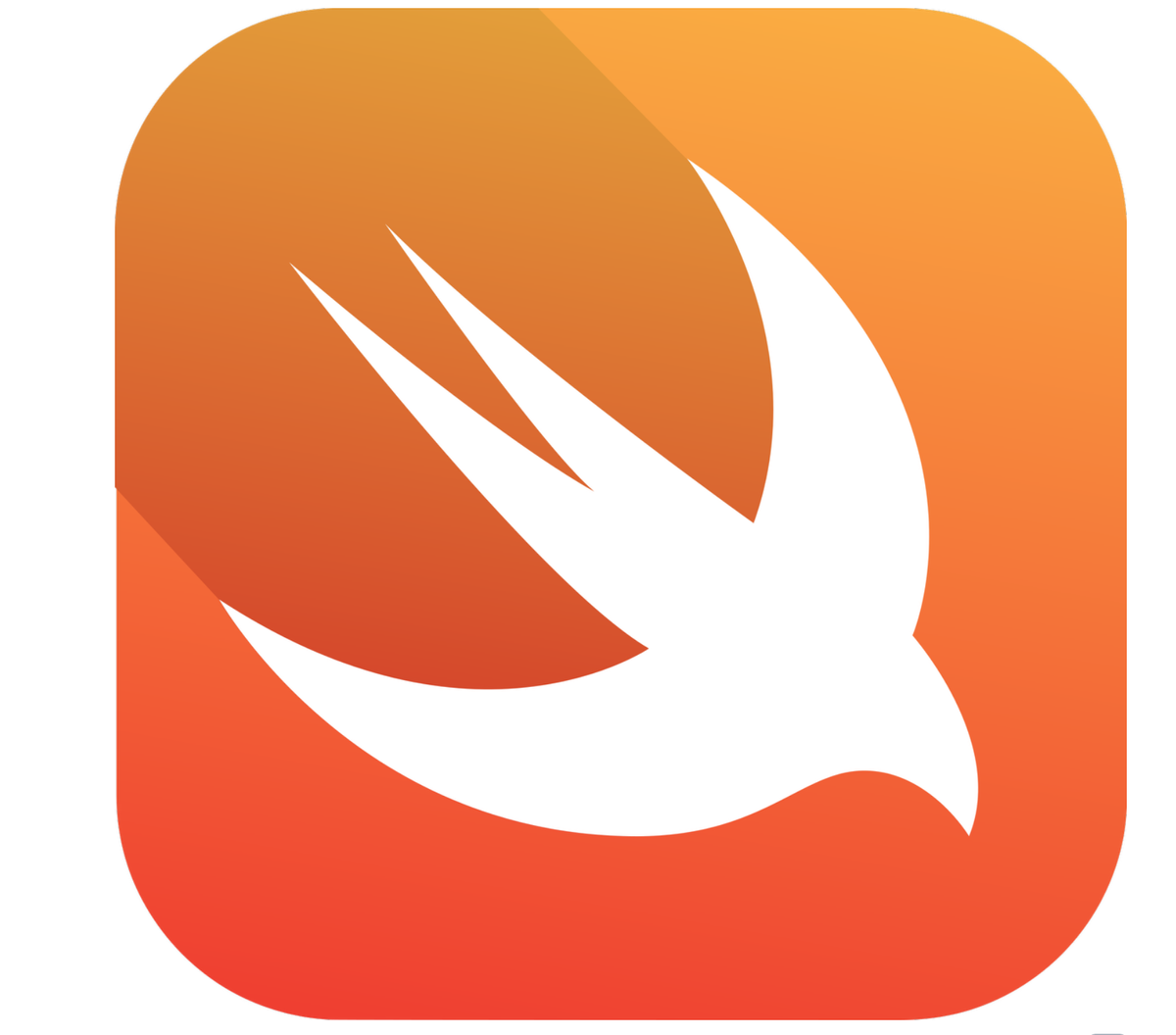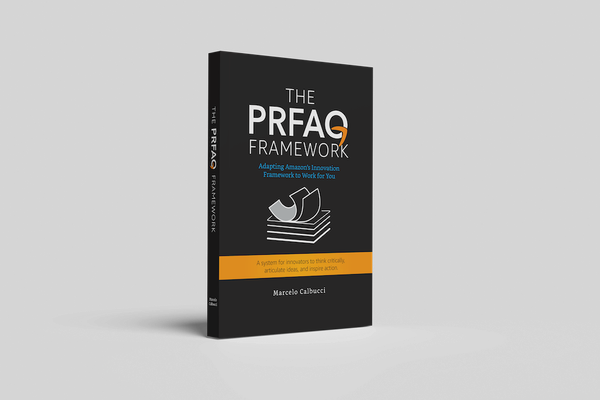An introduction to Swift Optionals

Optionals are a fundamental concept in Swift programming that allow developers to handle situations where a value might be missing. Swift’s optional type system provides a powerful mechanism to express the absence of a value and helps prevent runtime crashes caused by accessing nil values. In this article, we explore the concept of optionals in Swift, understand their significance, and learn how to effectively work with them.
What are Optionals?
In Swift, an optional represents the possibility of having either a value of a specific type or no value at all. It is denoted by appending a question mark (?) to the type. For example, `String?` signifies an optional string. Optionals provide a way to express uncertainty or absence, avoiding the need for using sentinel values like null or undefined.
Declaring Optionals
To declare an optional, append a question mark to the type. For instance:
var name: String?In this example, the name variable can hold either a string value or no value at all.
Optional Unwrapping
To access the underlying value of an optional, you need to unwrap it. Swift provides several methods for unwrapping optionals:
Forced Unwrapping:
let unwrappedName = name!The exclamation mark (!) forcefully unwraps the optional, assuming that it contains a value. However, if the optional is
nil, a runtime crash will occur.
Optional Binding
if let unwrappedName = name {
// Value is present, use unwrappedName safely
} else {
// Value is nil
}
Optional binding allows you to conditionally unwrap an optional and assign it to a new constant or variable. If the optional contains a value, the code block inside the if statement executes, providing safe access to the unwrapped value.
Guard Statement
guard let unwrappedName = name else {
// Value is nil, handle the absence
return
}
// Value is present, use unwrappedName safely
The guard statement is used to ensure that the optional contains a value; otherwise, it transfers control out of the current scope. It is often used for early exits from a function or loop if the value is missing.
Implicitly Unwrapped Optionals
Sometimes, you may have a situation where an optional value starts as nil but is guaranteed to have a value before you use it. In such cases, you can use implicitly unwrapped optionals denoted by an exclamation mark (!). Implicitly unwrapped optionals should be used with caution, as accessing them before they have a value will result in a runtime crash.
Optional Chaining
Optional chaining provides a concise way to access properties, methods, and subscripts on an optional value without explicitly unwrapping it. If any link in the chain is nil, the entire chain evaluates to nil. This prevents crashes caused by accessing properties on nil values.
Optional Function Parameters and Return Types
Optionals can also be used as function parameters or return types. By specifying an optional type for a parameter, you allow callers to pass nil values. Similarly, you can define a function that returns an optional to indicate that it might not have a value to return.
Swift optionals are a powerful feature that helps developers handle the absence of values in a safe and concise manner. By understanding how to declare, unwrap, and use optionals effectively, you can write robust and error-free code. Embrace the optional type system in Swift and leverage its capabilities to enhance the reliability and stability of your applications.





